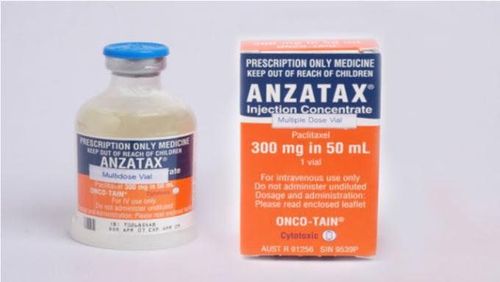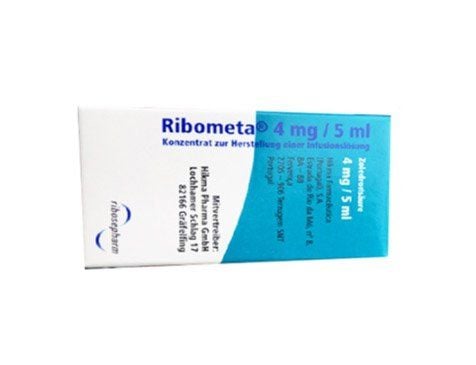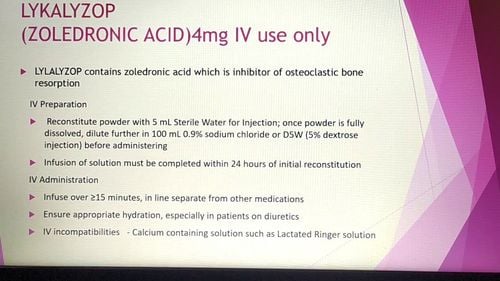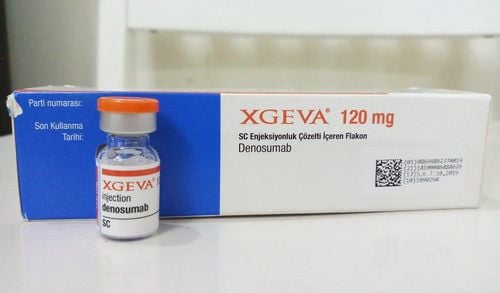This is an automatically translated article.
Bone cancer is a malignant tumor formation in the bones that destroys bone and surrounding tissues. Patients with bone cancer at different stages will have different survival prognosis. So how long do patients with late stage bone cancer live?
1. What is late stage bone cancer?
Bone cancer is the term for a number of different cancers that develop in the bones. When cancer cells grow in bone, it can harm normal bone tissue. The type of cell and tissue where the cancer started will help determine the type of bone cancer. Cancer that forms in the bone itself is called primary bone cancer. Many tumors that start in organs or other parts of the body can spread to bones, as well as other body parts. These tumors are called secondary or metastatic bone cancers. Tumors in the breast, prostate, and lung often metastasize to the bones. To stage bone cancer, the American Cancer Society used the TNM system. The TNM cancer staging system is based on four important factors:
T: Related to the size of the tumor. N: Indicates whether the mutated cells have spread to nearby lymph nodes. M: Indicates whether the cancer has spread to other organs or not. G: Shows the morphology of mutant cells under the microscope, which can be understood as the level or stage of cancer. Experts will use the first three factors to classify cancer. G1 (stage one) describes only low-grade, early-stage cancer. Meanwhile, G2 and G3 are the stages of cancer starting to get worse. At this point, the tumor tends to grow and spread faster than in the early stages. If the tumor has progressed to end-stage bone cancer, doctors will continue to classify the patient to determine whether the patient is at stage 4A or 4B.
Stage 4A: In stage 4A, the tumor can be any size or grade and can be located in multiple locations in the bone. Cancer has not spread to nearby lymph nodes but only to the lungs (a distant site) Stage 4B: Like stage 4A, the severity, size, and location of the tumor in the bone are variable. form. Cancer has spread to nearby lymph nodes and may or may not have spread to distant organs or other bones.
2. How long do you live with late stage bone cancer?
How long does spine cancer last? How long do you live with late stage bone cancer is a question of great interest to many people. According to the American Cancer Society, the 5-year survival rate for end-stage osteosarcoma is 27%. Survival rates are statistically based on data from a specific population over a certain period of time. However. Patients should be aware that survival rates do not apply to everyone, as many factors influence prognosis and disease progression. Although the survival rate of patients with advanced bone cancer is not very good, there are many exceptions.
In addition, statistical modeling from the National Cancer Institute (NCI) shows that bone cancer cases increased by an average of 0.4% per year between 2006 and 2015. In contrast, during this time, the death rate the average annual mortality has also decreased by 0.3%. Therefore, patients should not be too pessimistic if diagnosed with terminal bone cancer. Based on your overall health and response to treatment, doctors can make an assessment of your survival prognosis and recommend an appropriate course of treatment.
3. Is bone cancer curable?
There are many treatments for bone cancer. Treatment for bone cancer depends on several factors, including: The type of bone cancer, the location of the tumor in the body, and the severity and extent of the tumor. There are several approaches to treating bone cancer including:
3.1. Surgery Surgery aims to remove the tumor and some of the bone tissue that surrounds it. This is the most common treatment for bone cancer. A limb amputation, or limb salvage surgery, means surgical intervention that takes place without the need to amputate the limb. However, for a patient to be able to use the limb again, they may need reconstructive surgery. The surgeon may remove bone from another part of the body to replace lost bone, or may insert an artificial bone. However, in some cases, a doctor may have to amputate a limb to completely eliminate the presence of cancer. Fortunately this is becoming increasingly rare as surgical methods have improved in recent years.
3.2. Radiation therapy Radiation therapy is a common therapy in the treatment of many cancers. This method uses high-energy X-rays to kill cancer cells. A patient may be prescribed radiation therapy along with surgery. Patients who do not need surgery for bone cancer may also receive radiation therapy. It is the standard treatment for Ewing's sarcoma and as part of combination treatment for other bone cancers.
3.3. Chemotherapy Chemotherapy involves the use of drugs to kill cancer cells. Patients with Ewing's sarcoma or a new diagnosis of osteosarcoma often receive chemotherapy. Your doctor may also recommend a combination of chemotherapy and radiation.
3.4. Tumor freezing This technique can sometimes replace surgery to remove the tumor from the bone tissue. A surgeon will use liquid nitrogen to freeze cancer cells and destroy them.
3.5 Targeted therapy This treatment uses a drug designed to specifically interact with a molecule that causes cancer cells to grow. Denosumab is a monoclonal antibody that doctors use in targeted therapy. The U.S. Food and Drug Administration (FDA) has approved this drug for use in adults and adolescents with fully developed skeletons. Denosumab blocks the action of osteoclasts, a type of cell that destroys bone tissue.
In summary, the survival prognosis of patients with end-stage bone cancer is not exactly the same, but also depends on many factors such as age, overall health, tumor location or ability to respond to treatment. Therefore, patients should not be too pessimistic when being diagnosed with end-stage bone cancer. It is important when treating cancer to stay optimistic, comfortable and strictly adhere to the regimen and instructions of the doctor.
Please dial HOTLINE for more information or register for an appointment HERE. Download MyVinmec app to make appointments faster and to manage your bookings easily.













